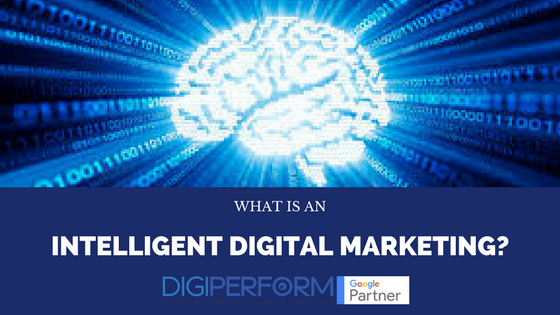

- Inventory Targeting: Target the content in which ad space exists, and which an end user is actively watching. When you set content targeting, you can specify inventory, such as particular publishers, sites, sections, or ad units to target or block. It serves on sites that offer a specific type of content or are visited by frequently by individuals within a particular demographic.

- User Targeting: It serves advertisement and promotion of the products to individuals who have exhibited a particular behavior or interest. For example, an e-commerce online fashion store will show its ads on fashion blogging site or related to it.
ad2
- Demographic: Marketing segmentation strategy where the audience (potential customers) is divided into externally measurable characteristics.
aud
- Behavioral: A more focused form of market segmentation, which groups consumers, based on specific consumption patterns they display which include past purchasing history and browsing history.
- Dayparting: Targeting users that are active at a particular time of day or day of a week.
- Designated Market Area: A segment Nielsen uses to standardize geographic areas for the purposes of targeting and measurement.
- Retargeting: Targeting past visitors of your site.
- Product-related: Segmenting the audience based on usage of a product (such as heavy vs. light).
- PPC Advertising: Small Businesses want to stay lean or have not been funded yet usually have a limited budget with every penny to be counted especially when it comes to marketing and advertising. New businesses need to find creative ways to acquire customers and PPC can be very effective channel if it’s done right. It is important that marketers learn to work under PPC budgets to get the highest return on their investment. One of the secrets to running a successful Google AdWords campaign is getting your ads in front of the RIGHT customers.
PPC Advertising
- Social Media Marketing: Social Media Marketing is a very cost effective medium to build your voice platform. You can choose the social media platforms like Facebook, Instagram, LinkedIn, Twitter etc as per you business requirement. It helps to interact with existing as well as new customers, involves true engagement with the followers and provides a better connect with the customers. Engagement with audience or customers is must for better results.
Coca-Cola-Social-Media
- Email Marketing: This is the simplest, cost-effective, personal, customizable, and measurable tool. Through E-mail marketing, you can communicate with an audience of any size. It builds credibility, provides knowledge, improves communication and boosts sales.
email-exam-768×783
- Content Marketing: Content marketing plays a major role in startup success. Content is called as the “King of Marketing”. It’s the basic medium to convey the brand message. This generates real traffic and leads. Be consistent in publishing a great and relevant content to build a relationship with current and prospective clients and brand awareness.
contnet-cola
- SEO– It stands for Search Engine Optimization. This is most cost-effective with measurable, long-term benefits. It increases the visibility and organic traffic to the website. Using this, there is free branding and it builds trust and credibility. A big advantage is that it opens your business 24X7. Make your website is mobile friendly and secure, especially if is an e-commerce website. Do ensure all pages are working properly; use appropriate tags/headers/descriptions. Optimize for faster page load times, create good content on the site, and focus on online PR – get users to talk about your site.
SEO
- Growth Hacking: It is a very cost effective method to implement business strategies with the main focus on building, engaging, converting and retaining user base of business. Offer something for free, set up a referral program, and go with exclusivity.

YOU MAY ALSO LIKE
















